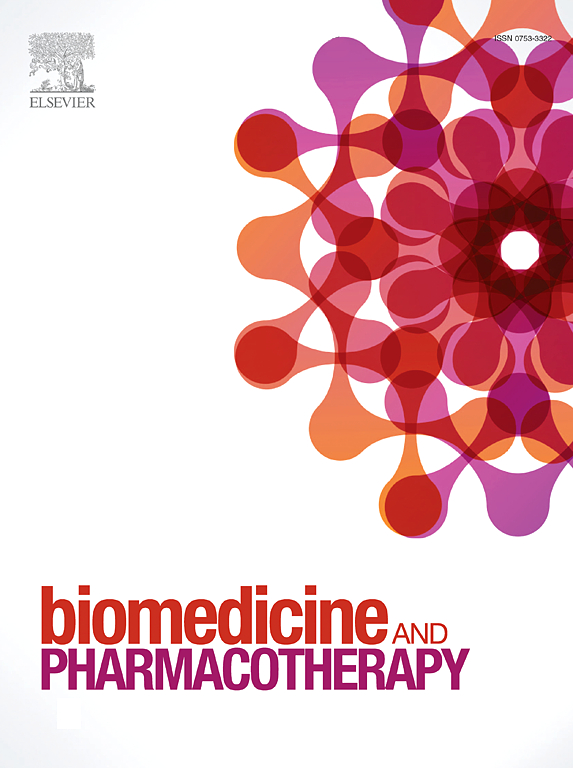Anti-miRNA therapeutics for uterine fibroids
IF 6.9
2区 医学
Q1 MEDICINE, RESEARCH & EXPERIMENTAL
引用次数: 0
Abstract
Background
Uterine leiomyomas arise from altered uterine smooth muscle cell proliferation in the myometrium. Available treatments are limited and fraught with major side effects. Here, we leveraged data from a high-throughput screening using human microRNA mimics and selected miR-148a-3p as a therapeutic target. The study aimed to assess the therapeutic potential of a miR-148a-3p inhibitor in suppressing the proliferation of uterine leiomyoma cells and in a xenograft mouse model.
Methods
Clinical samples of uterine leiomyoma were used to isolate primary uterine leiomyoma cells and develop a subcutaneous xenograft mouse model. Cells were transfected with both miR-148a-3p mimic and anti-miR-148a-3p to assess the effect of miR-148a-3p on-cell proliferation. Animals were administered anti-miR-148a-3p-LNA via both local (intra-tumoral) and systemic (intraperitoneal) routes. Tumor volume was measured using ultrasonography, followed by histological and immunofluorescence staining, and target gene expression analysis.
Results
Transfection of primary cells with miR-148a-3p mimic resulted in increased smooth-muscle cell proliferation, whereas anti-miR-148a-3p LNA reduced their proliferation. Both local and systemic delivery of anti-miR-148a-3p LNA reduced tumor volume and cell proliferation. Anti-miR-148a-3p LNA also led to reduced levels of miR-148a-3p in vivo, paralleled by the up-regulation of its target genes TXNIP and Nrp1.
Conclusion
Anti-miR-148a-3p LNA inhibits the proliferation of patient-derived leiomyoma cells and tumor growth in vivo, by suppressing miR-148a-3p levels and increasing TXNIP and Nrp1 gene expression. The highest therapeutic effect was observed with systemic administration, positioning miR-148a-3p inhibition as a promising therapeutic strategy for uterine leiomyoma in humans.
求助全文
约1分钟内获得全文
求助全文
来源期刊
CiteScore
11.90
自引率
2.70%
发文量
1621
审稿时长
48 days
期刊介绍:
Biomedicine & Pharmacotherapy stands as a multidisciplinary journal, presenting a spectrum of original research reports, reviews, and communications in the realms of clinical and basic medicine, as well as pharmacology. The journal spans various fields, including Cancer, Nutriceutics, Neurodegenerative, Cardiac, and Infectious Diseases.

 求助内容:
求助内容: 应助结果提醒方式:
应助结果提醒方式:


